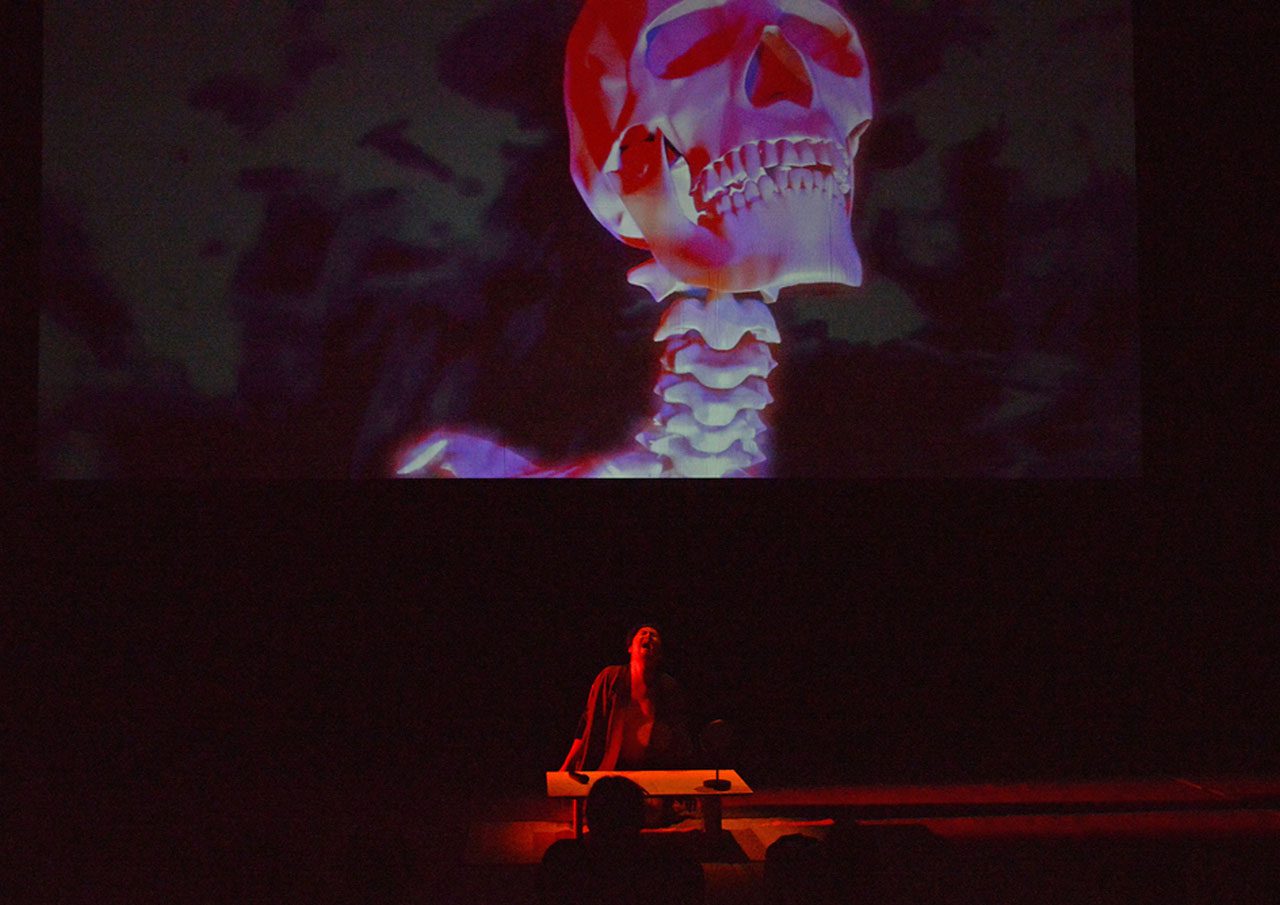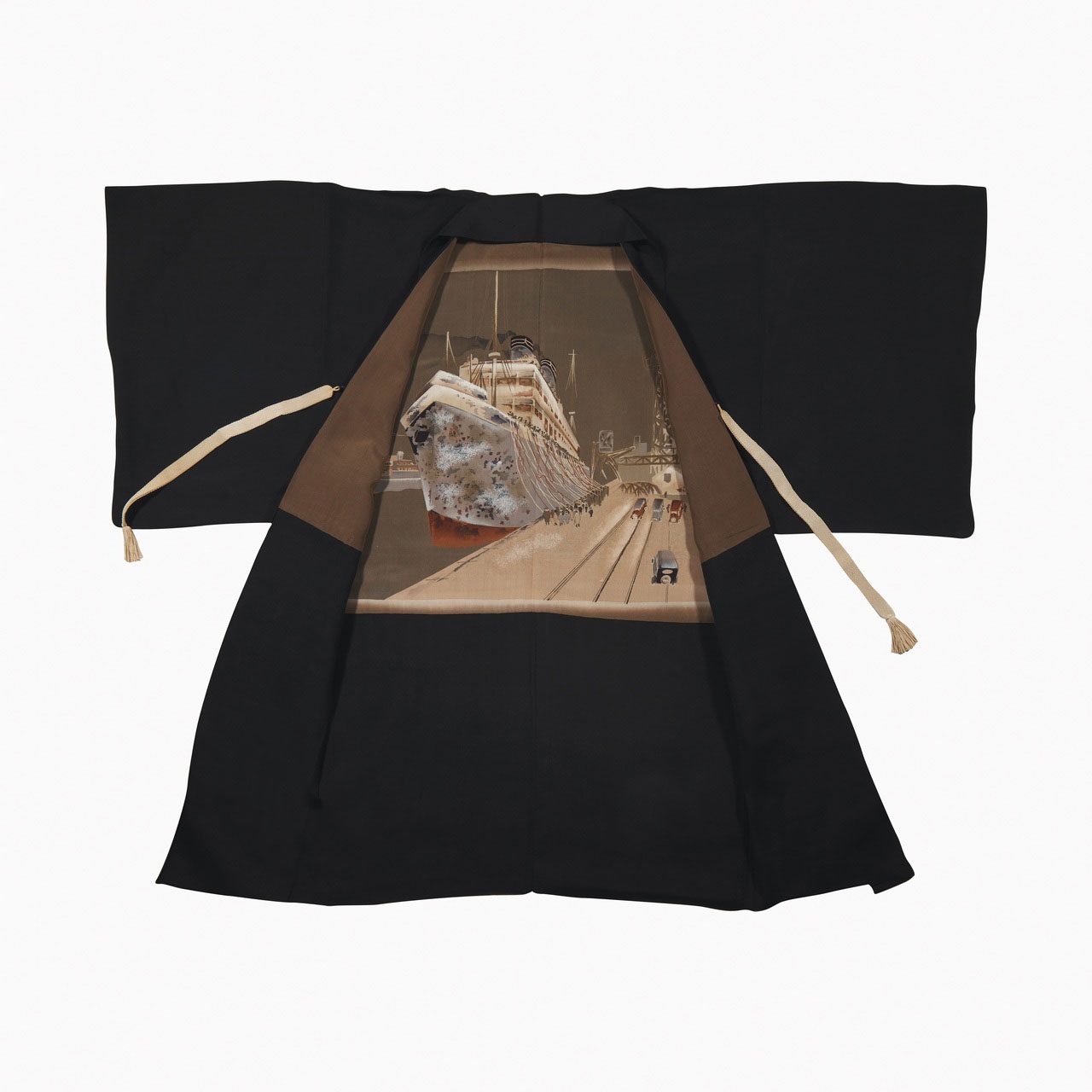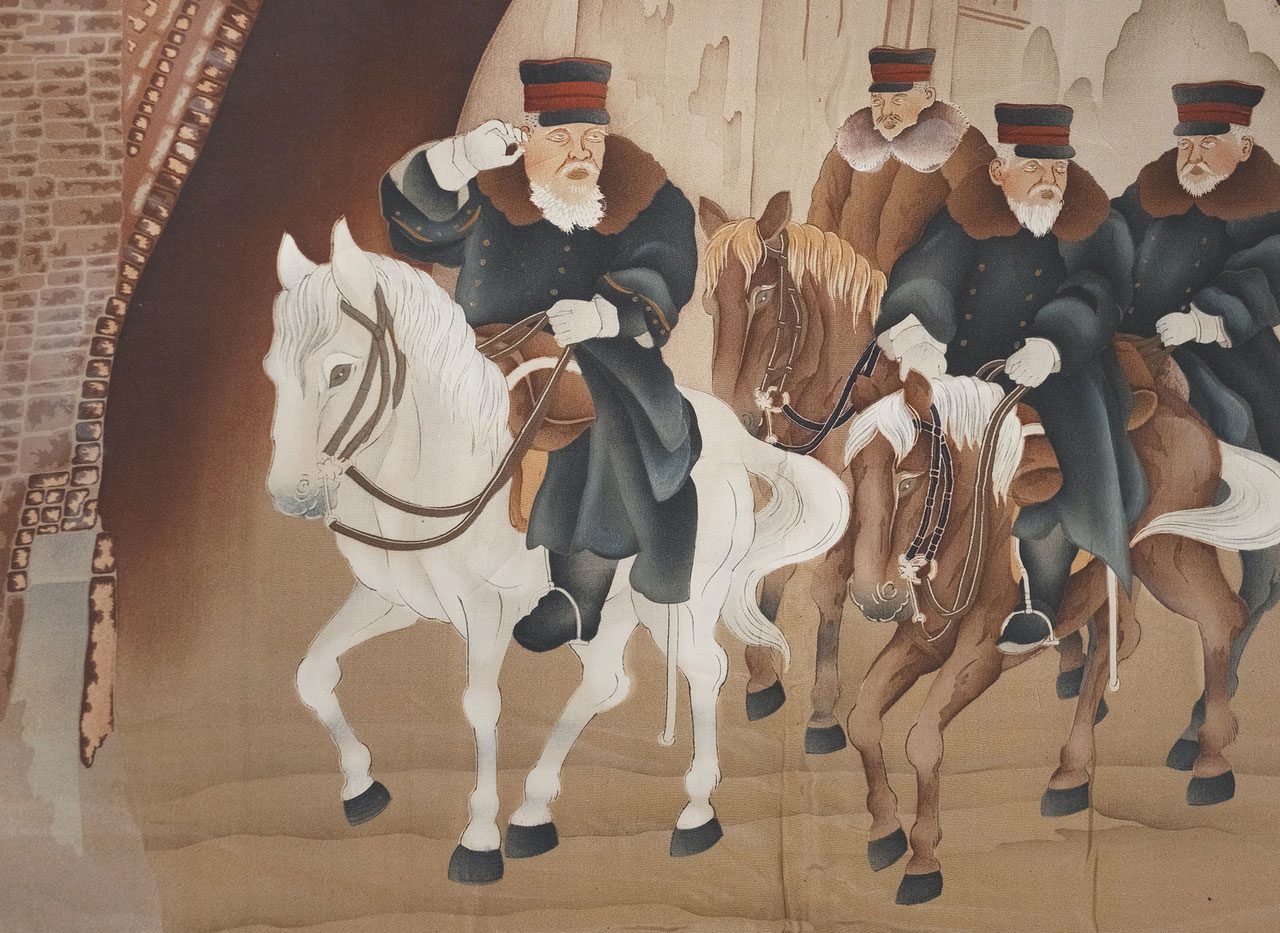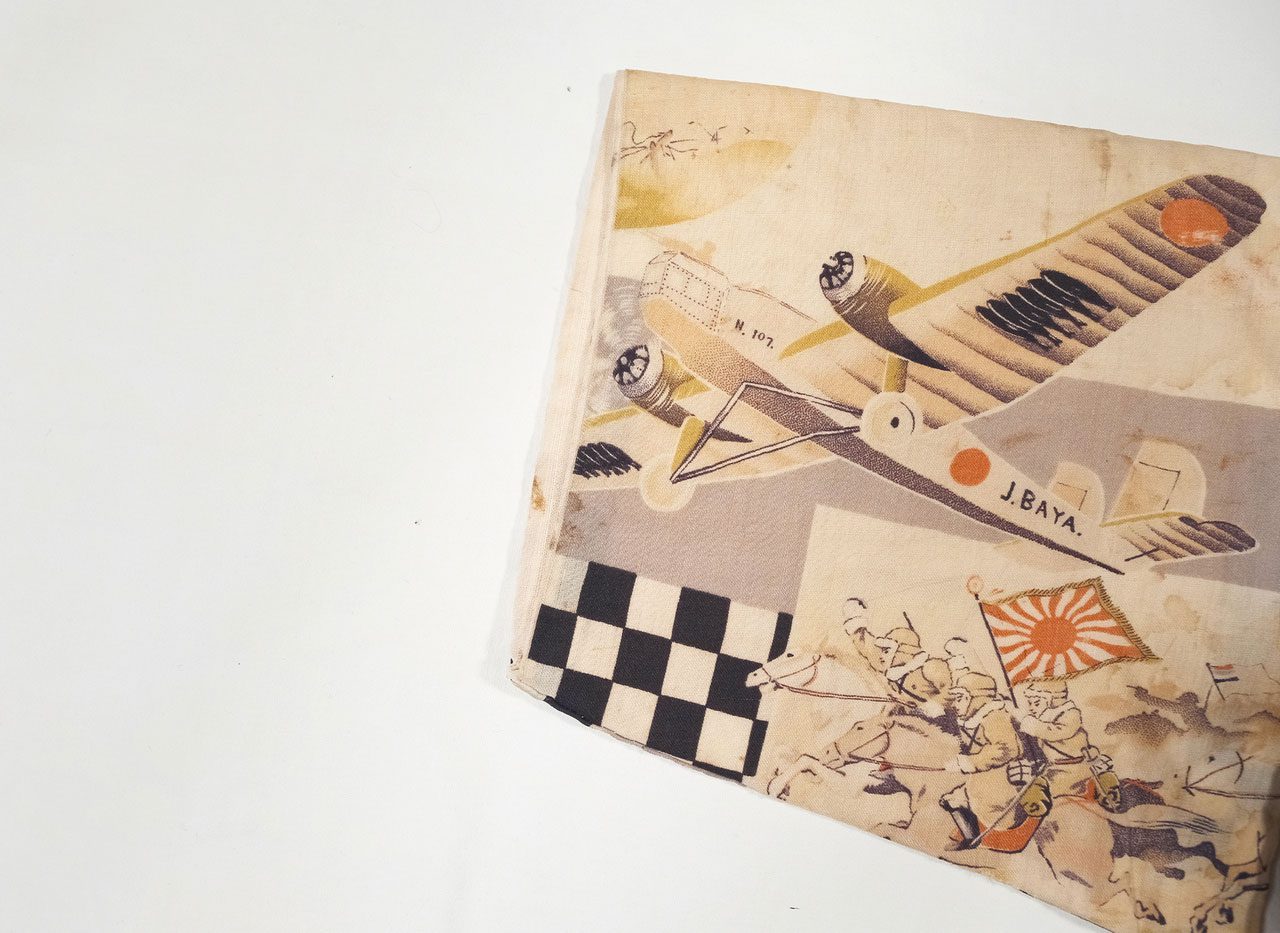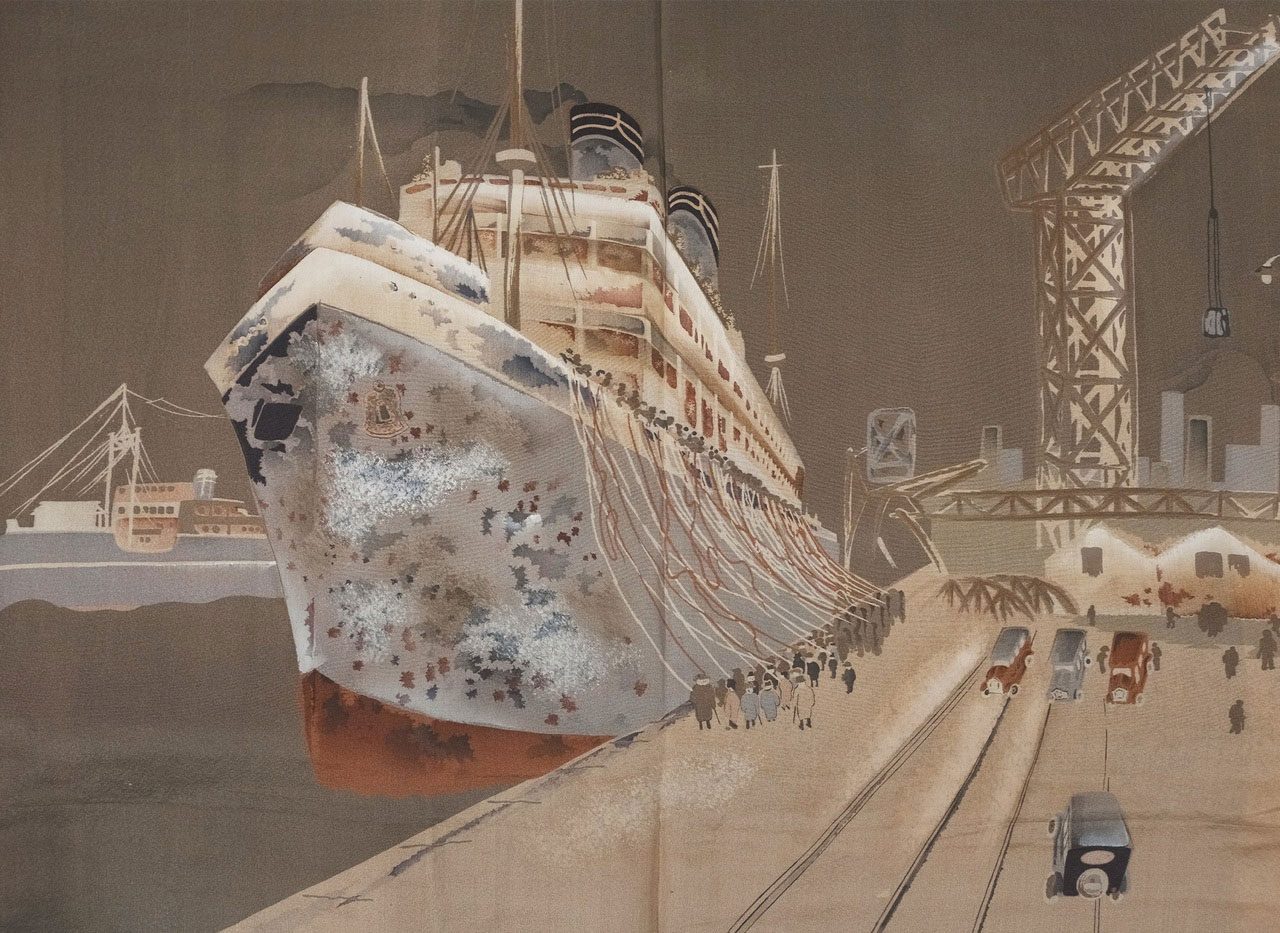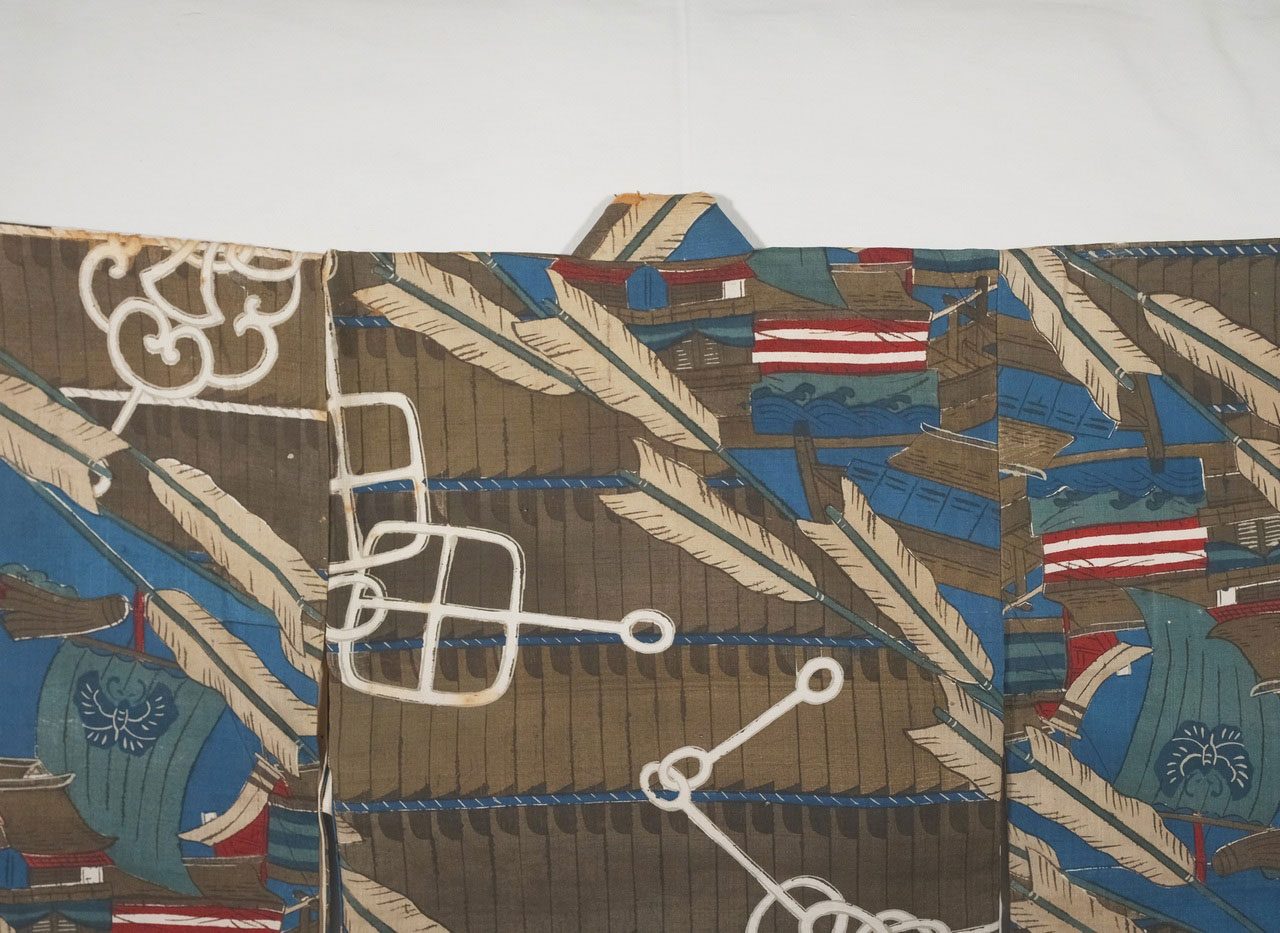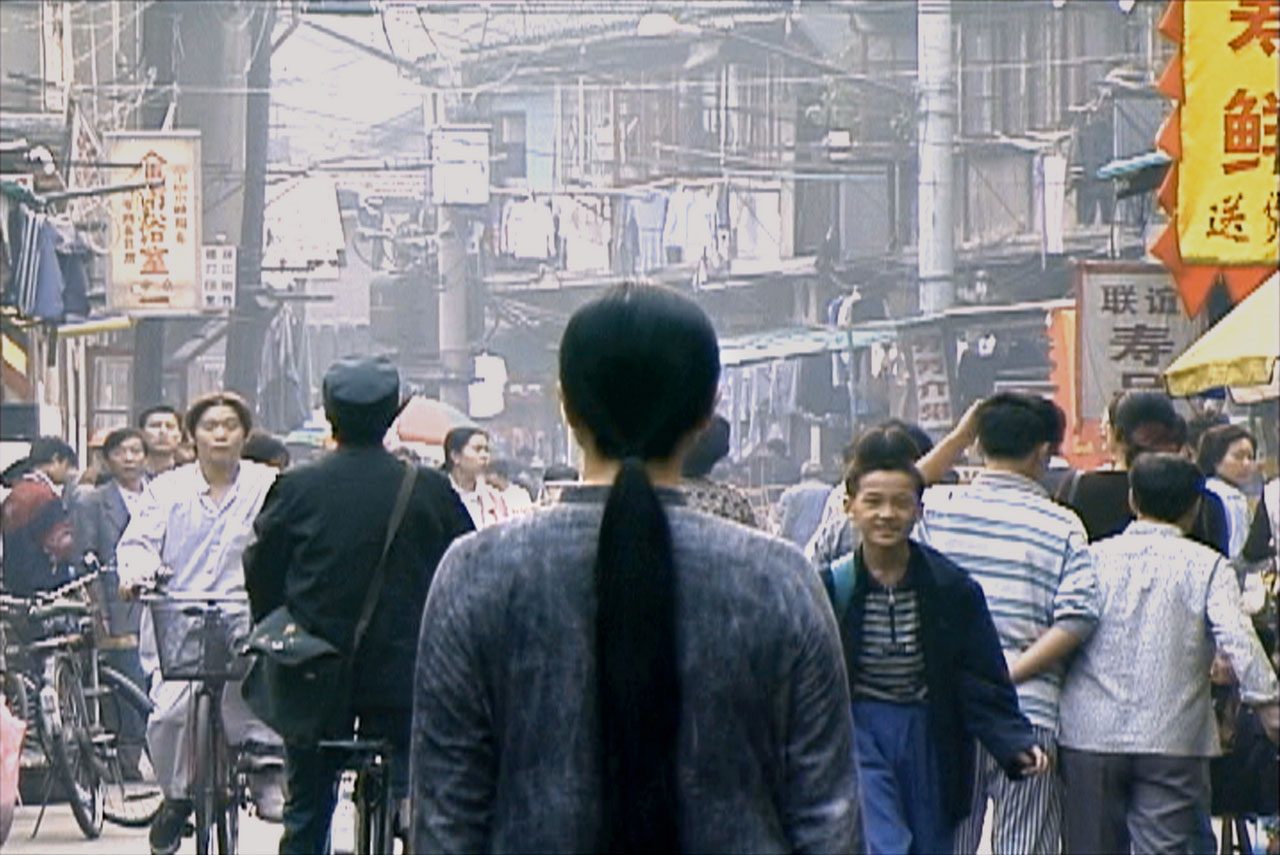ART CITIES: Turin-Haori
The exhibition ““Haori. Men’s Clothing from the Early Twentieth Century Tells the Story of Japan” offers a unique window onto Japanese material culture through about 50 haori* and juban** (the garments worn over and under men’s kimonos, respectively), as well as a few pieces of traditional children’s clothing, from the Manavello Collection, in dialogue with installations by contemporary artists.
By Efi Michalarou
Photo: MAO Museum Archive
The imagery that decorates the garments on view in the exhibition “Haori. Men’s Clothing from the Early Twentieth Century Tells the Story of Japan” is not only an example of fine workmanship, but also a document and attestation that provides insight into Japan in the early twentieth century, a critical period of social, cultural and political transformation, between accelerated modernisation and imperialist tensions. Works by contemporary artists are presented within the exhibition to stimulate analysis and reflection, encouraging visitors to orient themselves within a historical period of complex relationships between Japan, China and Korea that is still little-known in Italy. The exhibition reveal, do not display, suggest without disclosing. These are the principles behind Japan’s thousands-of-years- old culture, which is still woven from a balance, in a perpetual state of becoming, between solids and voids and a sense of harmony. Clothing contributes to defining the roles and spaces in which the complex Japanese society takes shape and moves. The woman’s kimono has always been of great interest in this context, while the sphere of men’s clothing remains little explored. Less striking but quite interesting, men’s clothing is, in fact, a large part of the rich Japanese textile tradition. Whether elegantly austere ceremonial garments or modest pieces for everyday wear, men’s kimonos contain and define a world that only becomes accessible in the domestic sphere or the intimacy of an amorous encounter. The soul of the wearer is revealed by the imagery that embellishes the inside of the jackets or the whole surface of the undergarment: seductive or narrative imagery, always sophisticated, expertly painted or woven, painstakingly rendered or barely suggested by a few strokes of ink, it tells the story of the culture of the Rising Sun with references to literature, the art of war, the natural world and the sphere of the gods. Traditionally considered an expression of everyday intimacy, the haori and juban on view in the exhibition take on new meaning and offer an opportunity to explore important current themes, including issues tied to Japanese expansion in Asia in the twentieth century and the social and political implications that characterise their historical context. Not least, propaganda, which was circulated not only through traditional communication means but also, surprisingly but pervasively, through clothing, including children’s wear, to which a special section of the exhibition is devoted. The exhibition thus explores the typical image of Japan in the West, still tied to a traditional, romantic vision, in contrast to the perception of a different Japan, still little-known today, which can be glimpsed in men’s clothing. The typical imagery decorating this clothing celebrates the many-faced myth of the West while also aiming to emphasise Japanese national pride, both of which culminated in the technological development and strenuous defence of the country’s identity before and during World War II. This legacy, far from being obliterated by the passage of time, still survives today in countries and places outside Japan but still engaged, and the contemporary installations and videos in the exhibition offer tangible testimony of it, enriching the account with reflections on the past and present. The works on view include the video “A Needle Woman” and “Bottari” sculptures by Kimsooja, which explore the relationship between individual and society with particular attention to the idea of cultural and linguistic hybridism, placing the accent on the way nomadism and migration shape personal and collective identity; the large installation “Kotatsu (J. Stempel)” by Tobias Rehberger which, uniting two contrasting traditions, the Japanese and the German, considers the theme of death and transformation. Lastly, the video “Kishi the Vampire” by Royce Ng, which rewrites the story of Kishi Nobusuke (the Japanese prime minister from 1957 to 1960) as a story about vampires, using this historical figure to create a fantastical rereading of the political economy of Japan, Korea and China in the twentieth century. This work is echoed by the film “Tungus” by Wang Tuo, which deals with the same themes through art-historical research that weaves historical events, cultural archives, fiction and mythology into speculative narratives.
* A haori is a traditional Japanese jacket worn over a kimono. Resembling a shortened kimono with no overlapping front panels (okumi), the haori typically features a thinner collar than that of a kimono, and is sewn with the addition of two thin, triangular panels at either side seam. The haori is usually tied at the front with two short cords, known as haori himo, which attach to small loops sewn inside the garment.
** Juban is a kind of undergarment worn under the kimono. When you wear it, you can sew a collar of a color and pattern that harmonizes with the overall design on the collar in advance.
Photo: Kimsooja, A Needle Woman – Tokyo, 1990/00, one channel projection, silent, 6:33 min, loop, Galleria Raffaella Cortese, Milan – Albisola, video still, Courtesy Galleria Raffaella Cortese, Milan – Albisola and Kimsooja Studio
Info: Curators: Silvia Vesco, Lydia Manavello, You Mi, Davide Quadrio Anna Musini, Assistant Curator: Francesca Corrias, MAO (Museo d’Arte Orientale), Via San Domenico, 11, Turin, Italy, Duration: 12/4-7/9/2025, Days & Hours: Tue-Sat 10:00-18:00, www.maotorino.it/
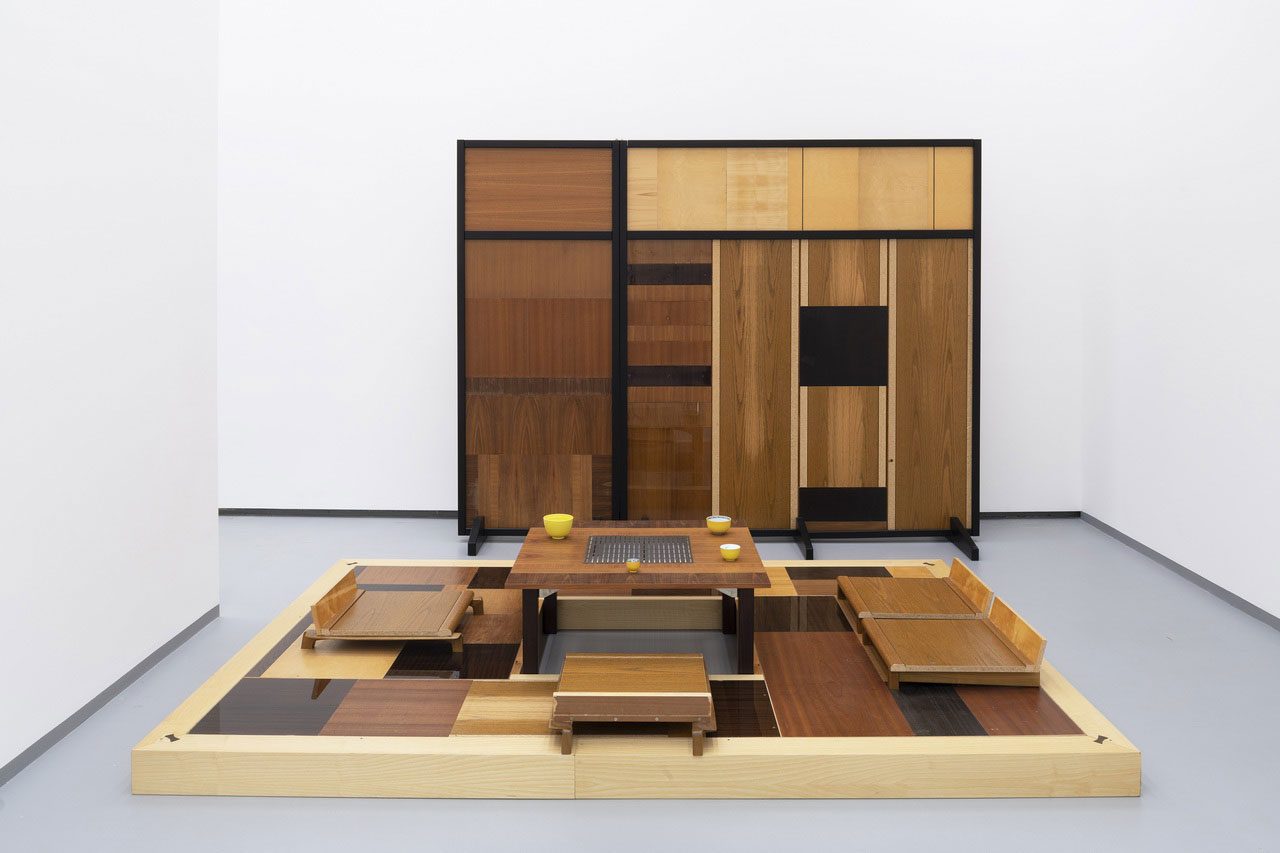
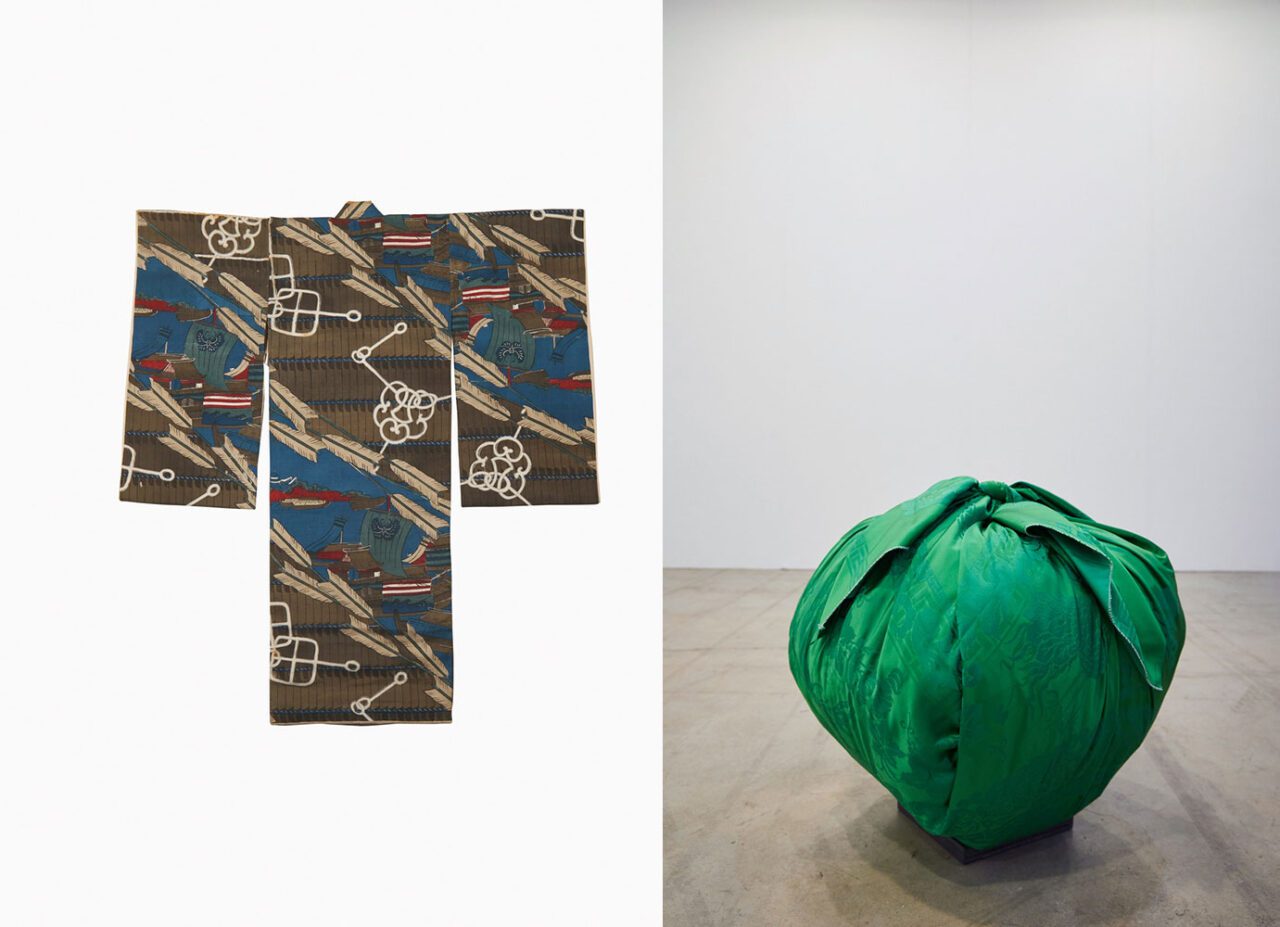
Right: Kimsooja, Bottari, 2022, Used Bedsheets and Towels, 52 × 50 × 50 cm, Galleria Raffaella Cortese, Milano – Albisola , Image: Courtesy of Kimsooja Studio and Galleria Raffaella Cortese, Milan – Albisola
